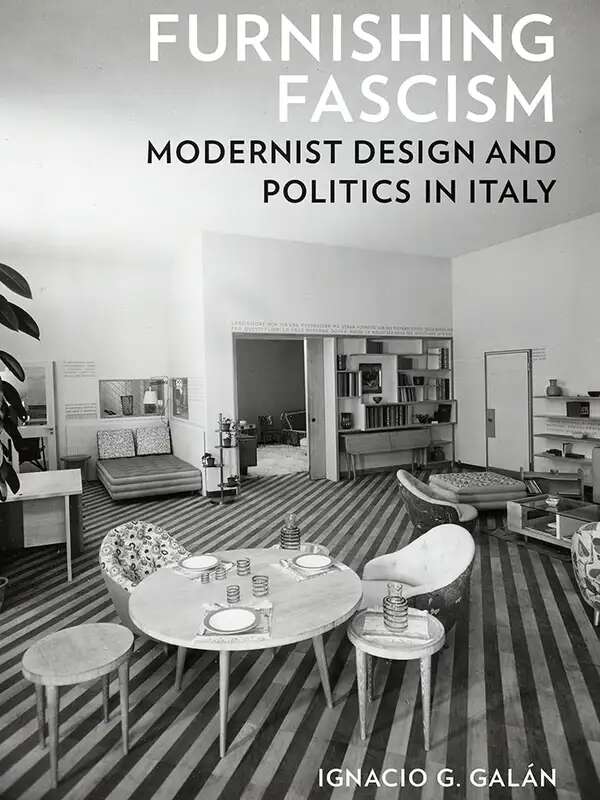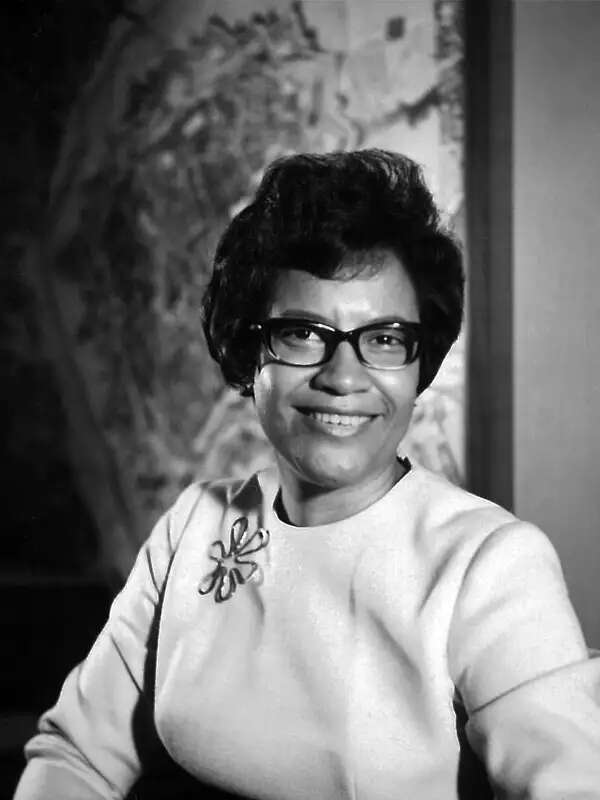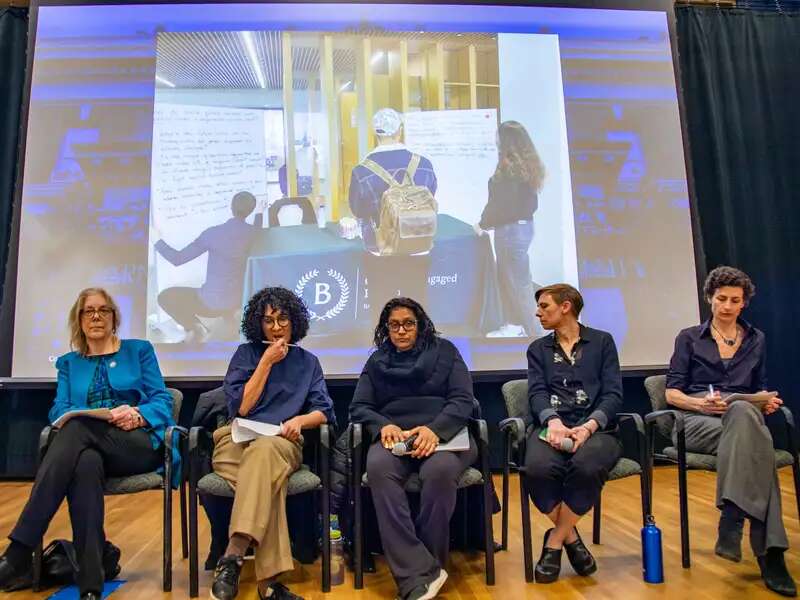In The Art Newspaper, Prof. Alexander Alberro reviews the much talked-about new Whitney Museum of American Art and its inaugural exhibition, America is Hard to See.
In his piece, Prof. Alberro argues that the building and the opening exhibition deserve praise for increasing the institution's expansiveness, both in its literal views—the ones seen from its windows—and in its views of what constitutes an American artist.
The definition of American art is continually evolving, and Alberro lauds the exhibition for including work by more women and minorities. However, he adds that "there are only a couple Native American artists," and says, "Alas, we will probably have to wait for another generation to take up this broader, exceedingly overdue perspective. For now it is still mostly stars and stripes and the U.S. parochialism of the 20th century."
In addition, Prof. Alberro adds to the recent chorus of praise for the building. "From the moment one enters through the dramatically cantilevered gateway along Gansevoort Street, which the Italian architect Renzo Piano designed as a large, sheltered public space alongside the foot of the High Line park, sweeping perspectives open up. The views become more sensational the further up one goes," he writes.
However, he also notes that many significant works lose their impact when taken out of their original space in Marcel Breuer's Brutalist-style building, and calls on the Whitney to reclaim the original building to show certain works there. He writes: "Minimalism—a US art movement if there ever was one—grew up with Breuer’s building and looks at home in its galleries. Donald Judd’s systematically arranged objects, Carl Andre’s modular sculpture and Richard Serra’s early work with raw, unpolished materials, rhyme with the esoteric austerity of the old building’s Brutalist architecture... These objects lose their initial significance in the museum’s new home, with its wide-open spaces and airy atmosphere....Breuer’s building is inseparable from much of the art that was shown in it, and vice versa."
Read the full review.
Prof. Alberro is the chair of Barnard's art history department and the Virginia Bloedel Wright '51 Professor of Art History. His areas of specialization are modern and contemporary European, U.S. and Latin American art, as well as the history of photography. He has been the recipient of numerous awards, including a Howard foundation fellowship and a National Endowment for the Humanities fellowship. At Barnard he teaches the history of modern and contemporary art, as well as the history of photography.
(Photo credit: Nic Lehoux)


